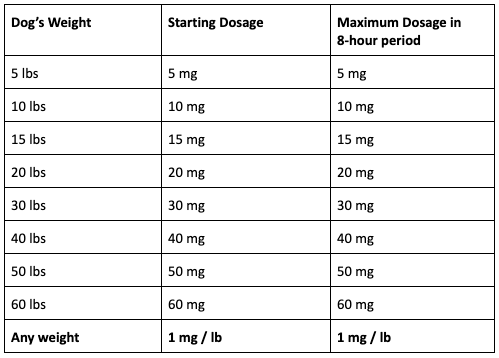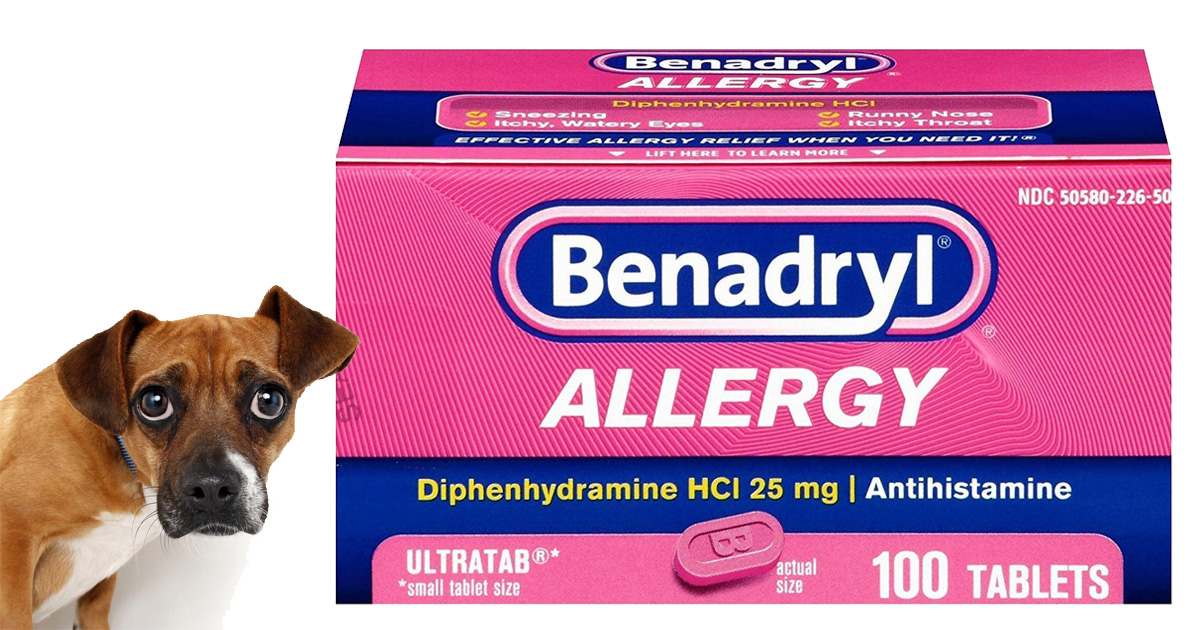First things first: Benadryl is a brand name for diphenhydramine, an antihistamine typically used to treat allergies or hay fever symptoms such as watery or itchy eyes, sneezing, rashes, and a runny nose. Benadryl can be purchased in liquid or tablet form at your local pharmacy, both for adults and children.
How do you calm an anxious dog?
Some people use medicine to help their pets, and Benadryl is one of them.
Nobody wants their dog to go through life afraid. No doubt you’ve looked into sedation before, but you weren’t sure if you could do it safely. While you should never use any drug (for humans or otherwise) without talking to a vet first, it can be turned to so you can help your furry friend in certain situations.
Can I use Benadryl for grooming?
Can you give a dog Benadryl for this? Yes, but some say the anxiety may not completely go away. If your dog freaks out when you take him to the groomer, Benadryl is one thing you can try. However, it’s important to search for other options, too.
For example, you could:
- Take baby steps. Introduce your dog to a brush, soap, and water before the “big day” (it’s important to brush your dog daily, anyway). Turn on the blow dryer. Pretend to clip his nails. After each session, give him a treat. It seems silly, but it will help.
- Relax him with a massage. Your dog should get used to being touched – not just on the head or back, but in other areas, too. The more he is exposed to, the less foreign and frightening the grooming experience will be later.
- Go for a walk just before your appointment. This will help him get out all that nervous energy.
- Pick a groomer you trust and stick with them. Don’t use a different business for every grooming session. To keep anxiety down, stick with what your dog knows and who they’re comfortable with. Moving everything around too much will only make things worse.
No matter what, don’t let the groomer give your dog Benadryl without vet approval! If you’re not sure about something, play it safe.
You may also be able to use Benadryl to alleviate stress associated with:
- Car rides
- Train rides (particularly around the holidays when the train will be crowded and potentially chaotic)
- Thunderstorms
- Allergies
- Separation anxiety
Is Benadryl safe for dogs?
Yes, but you must be careful. You don’t want to mess with this stuff.
How much Benadryl can I give my dog?
According to Merck Veterinary Manual, when you want to use Benadryl for dogs, you should give him about 2-4mg of Benadryl for every kg (2.2 lbs.) of body weight. But, again, this can vary. Don’t make a move until your vet approves.
When you use Benadryl for dog anxiety, you have to pay attention to dosage. The wrong amount could seriously damage your pet’s health (we’ll get into this shortly) or greatly reduce the calming effect you want.
Before you do anything else, consult with your vet to figure out how much Benadryl would work for a dog. They’ll be able to determine the best dosage based on weight, size, breed, any medical conditions he may have, and so on. The right liquid Benadryl dosage for dogs can be harder to estimate, so don’t attempt to do this on your own.
Benadryl Dosage Chart
The recommended starting dosage is 1 mg/ lb., and the maximum dosage in an 8-hour period is 1 mg /lb.

Can I kill my dog with Benadryl?
Though people around the world are giving dogs Benadryl for anxiety, Benadryl does come with side effects.
How do I give my dog Benadryl?
Always give your pet the proper Benadryl dosage for dogs with food. For example, you could wrap the pill in a cheese slice or break it up and put the pieces on a chunk of cooked meat. Think about the snacks he loves the most, and work with that. Just make sure the food you use is OK for dogs to eat (for example, chocolate, avocados, and raisins are poisonous for dogs, so stay away).
What non-pill forms of Benadryl are available to dogs?
If your dog is picky about eating the Benadryl pill, consider administering liquid (children’s) Benadryl. Liquid Benadryl is suitable for dogs, but is harder to estimate dosage. Additionally, dogs tend to dislike the flavor of liquid Benadryl. Make sure you are using children’s Benadryl, since it doesn’t contain alcohol or xylitol. Talk to your vet about dosages. We recommend using a syringe so you can administer the liquid precisely and easily.
How long does it take for Benadryl to start working?
Benadryl takes about 30 minutes to kick in.
What are the side effects of Benadryl in dogs?
Side effects and improper dosage (overdosing) can cause anything from discomfort to something more serious. Side effects include:
- Vomiting
- Diarrhea
- Dry mouth
- Sedation
- Lack of appetite
- Insatiable (increased) appetite
- Seizures
- Rapid heartbeat
- Urinary retention (they’re not peeing)
After you give him the medicine, keep an eye on him for as long as you can. Pay attention to his behavior and look for anything unusual. If you think you gave your dog too much Benadryl, don’t sit back and wait for the problem to correct itself (it won’t). Call your vet or local emergency vet hospital immediately!
Are there any alternatives to Benadryl for dogs?
If you don’t want to use Benadryl or you’re open to other options, try these:
- Scaredy Cut: When it comes to grooming, you can’t go wrong with Scaredy Cut. This innovative and revolutionary tool makes any haircut relaxing and gentle, sure to help your jittery dog. It’s budget-friendly, too. Pick up your grooming kit here.
- L-Tryptophan: Tryptophan deficiency is a very real thing that causes problems for both humans and canines. Introducing L-Tryptophan to your pet’s diet can help reduce aggression and ease anxiety. Talk to your vet for more information on the best (and least risky) way to do this.
- Diazepam (Valium): Diazepam is often prescribed for seizures, muscle cramps, and irritable bowel syndrome, but can also treat stress when properly administered.
- Lorazepam (Ativan): An alternative to Valium, lorazepam should be given in advance of an event you know is scary for your dog, like a trip to the vet or a car ride.
Remember: though Benadryl is commonly used by vets for both dogs and cats, it’s not FDA-approved. Under no circumstances should it be treated as a miracle cure. Always read labels and never do anything without your vet’s approval. When in doubt, reach out.

